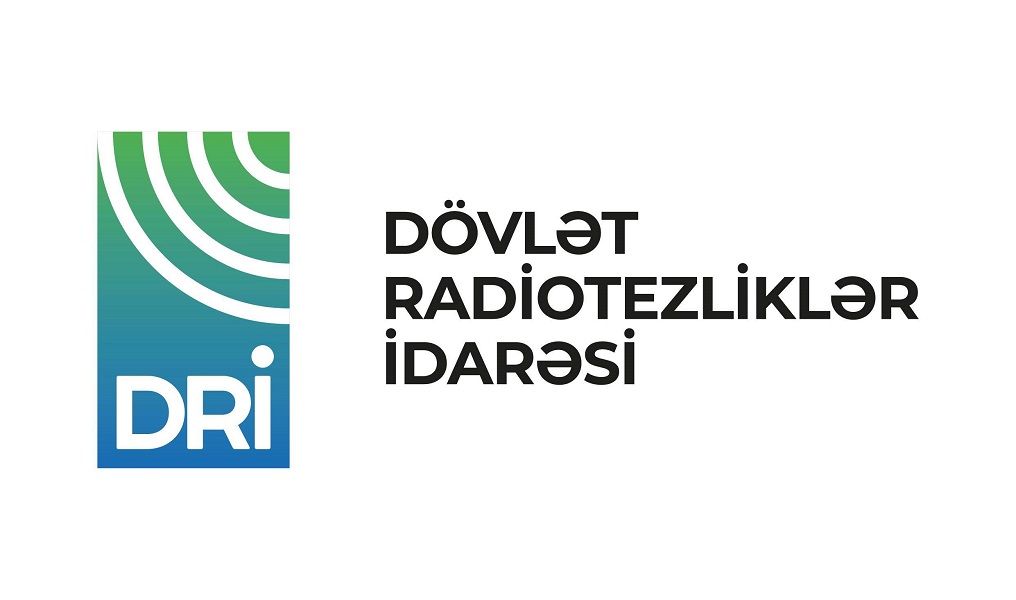Difference between AM and FM radio broadcasting
AM and FM are two methods of transmitting information through radio signals. In both the methods, the carrier wave is modified in order to transmit data, information or sound. Let us see how AM differs from FM.
AM: Amplitude Modulation
AM is a method of broadcasting radio signals. It dates back to the 1870s when it was discovered that information in the form of audio production can be broadcasted over long distances through radio waves. As the name suggests, in AM, the amplitude of the carrier wave is modified to transmit the input or information signal. The amplitude varies in accordance with the input signal, e.g. when the amplitude of input signal decreases, the amplitude of the carrier wave also decreases, and vice versa. The receiver of the signal is connected to a demodulator which monitors the changes in the amplitude and accordingly recreates the information.
FM: Frequency Modulation
FM is another, a relatively advanced method of transmitting information through radio waves. In FM, the frequency of the carrier wave is modified in accordance with the input signal to send the information, e.g. the instantaneous frequency of the carrier wave increases when the amplitude of the carrier wave increases, and vice versa. It is invented in the 1930s by Edwin Howard Armstrong.
Based on the above information, some of the key differences between AM and FM are as follows:
|
AM (Amplitude Modulation) |
FM (Frequency Modulation) |
|
The amplitude of the carrier wave is modified in order to send the data or information. |
The frequency of the carrier wave is modified in order to send the data or information. |
|
It works in a frequency range of 535 to 1705 Kilohertz (KHz). |
It works in a frequency range of 88 to 108 Megahertz (MHz). |
|
It has two sidebands. |
It has an infinite number of sidebands. |
|
In this method, the frequency and phase remain the same. |
The amplitude and phase remain the same. |
|
Its modulation index varies from 0 to 1. |
Its modulation index is always greater than one. |
|
It can transmit over long distances, have a large range. |
It cannot transmit over long distances, have a smaller range. |
|
AM based signal transmission consumes power than an equivalent FM based signal transmission. |
FM based signal transmission consumes more power than an equivalent AM based signal transmission. |
|
It is more susceptible to noise, has poor sound quality. |
It is less susceptible to noise, has better sound quality. |
|
It is more prone to signal distortion and degradation. |
It is less prone to signal distortion and degradation. |
|
In AM, if two or more signals are received at the same frequency, both are demodulated which causes interference. |
In FM, if two or more signals are received at the same frequency, the receiver captures the stronger signal and eliminates the weaker one. |
|
It has simple circuit design. |
It has complex circuit design. |
|
It is a less costly method. |
It is more costly than AM. |
|
It requires low bandwidth in the range of 10 kHz. |
It requires high bandwidth in the range of 200 kHz. |
|
It operates in the medium frequency (MF) and high frequency (HF). |
It operates in the upper VHF and UHF range where noise effects are less. |
|
Wastage of power is more as a major part of the power carried by the carrier wave does not contain the information. |
No wastage of power as all transmitted power is carried by the information signal. |
|
The received signal is of low quality. |
The received signal is of high quality. |











